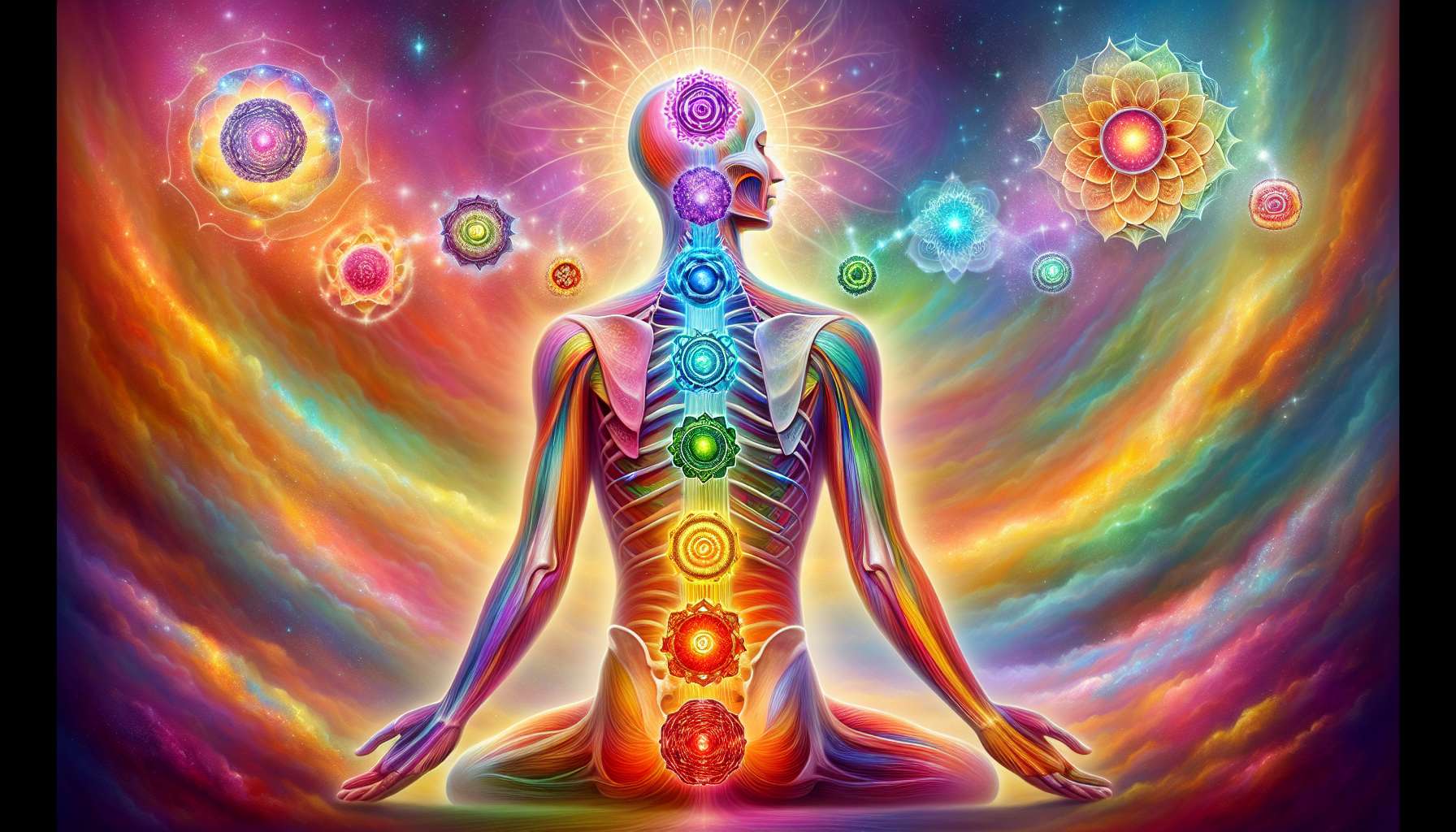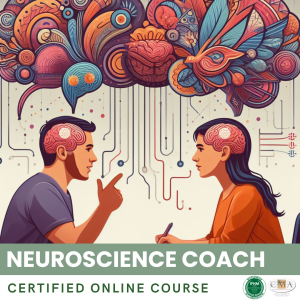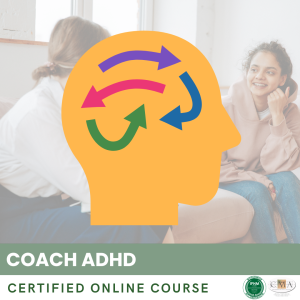The chakras are subtle energy centers located along the spine, from the perineum to the top of the skull. The word “chakra” comes from Sanskrit and means “wheel” or “disc”, as these centers are perceived as whirlwinds of energy in perpetual rotation. Each chakra is associated with a specific physiological, psychological, and spiritual function.
There are generally seven main chakras:
1. The root chakra (Muladhara), located at the base of the spine, governs our grounding, our sense of security and our basic needs. When it’s balanced, we feel safe, stable, and confident. An imbalance can manifest as anxiety, fear, or material problems.
2. The sacral chakra (Svadhisthana), located in the lower abdomen, is linked with our creativity, our sexuality, and our ability to savor the pleasures of life. A harmonious sacral chakra results in fulfilled sexuality, good self-esteem, and fluid creative expression. A blockage can lead to sexual disorders, guilt, or difficulty in asserting oneself.
3. The solar plexus chakra (Manipura), located at the stomach level, is the seat of our personality, our will, and our personal power. When it functions optimally, we are confident, autonomous, and able to take our place. An imbalance can cause digestive problems, lack of confidence, or a tendency to dominate.
4. The heart chakra (Anahata), in the center of the chest, governs our ability to love, to forgive, and to show compassion. An open heart radiates unconditional love, kindness, and harmony in relationships. A disturbance can manifest as hardness, jealousy, or difficulty in receiving love.
5. The throat chakra (Vishuddha), as its name indicates, is related to our expression, our communication, and our creativity. When it’s balanced, we express ourselves authentically, we listen to others, and our creativity flows freely. A blockage can lead to difficulty in expressing oneself, shyness, or inhibited creativity.
6. The third eye chakra (Ajna), located between the eyebrows, is associated with intuition, clairvoyance and inner vision. An awakened third eye allows access to inner wisdom, deep insights, and perception beyond appearances. An imbalance can manifest as mental confusion, lack of discernment, or difficulty in trusting oneself.
7. The crown chakra (Sahasrara), at the top of the head, represents our connection to the divine, to our spiritual dimension. When activated, we experience spiritual awakening, enlightenment, and union with the All. A disturbance can cause feelings of futility, disconnection from spirituality, or difficulty in finding a purpose in life.
For example, a person suffering from chronic digestive disorders could benefit from a rebalancing of the solar plexus chakra, combined with work on self-assertion and stress management. Likewise, a person blocked in their creativity will explore the energies of the sacral chakra and the throat chakra, while releasing repressed emotions and associated limiting beliefs.
It’s important to understand that the chakras function interdependently and form a coherent system. An imbalance in one chakra often has repercussions on the other centers. Thus, an emotional injury at the heart chakra level can lead to a closure of the throat chakra and difficulty in communicating needs.
The Spiritual Healing Coach uses their knowledge of the chakras to establish a precise energy assessment and propose adapted care protocols. Techniques for rebalancing the chakras are numerous: meditation, visualization, breathing, use of colors and crystals, mantras, yoga postures, etc. The aim is to restore the harmonious circulation of energy throughout the chakra system, promoting a state of alignment and global well-being at the physical, emotional, mental, and spiritual levels.
Key points to remember:
– The chakras are subtle energy centers located along the spine, associated with specific physiological, psychological, and spiritual functions.
– There are seven main chakras: the root chakra, the sacral chakra, the solar plexus chakra, the heart chakra, the throat chakra, the third eye chakra, and the crown chakra.
– Each chakra influences an aspect of our being: security, creativity, personal power, love, communication, intuition, and spirituality.
– An imbalance in a chakra can manifest as specific physical, emotional, or mental problems.
– The chakras function interdependently, forming a coherent system. An imbalance in one chakra can have repercussions on the other centers.
– The Spiritual Healing Coach uses their knowledge of the chakras to establish an energy balance and propose adapted care protocols.
– The techniques of chakra rebalancing include meditation, visualization, breathing, the use of colors and crystals, mantras, and yoga postures.
– The aim of chakra rebalancing is to restore the harmonious circulation of energy throughout the system, thereby promoting a state of alignment and global well-being at the physical, emotional, mental, and spiritual levels.
👉 To download docx (Editable) file click here : Click here
👉 To download PDF file click here : Click here
👉 To download MP3 file click here : Click here







